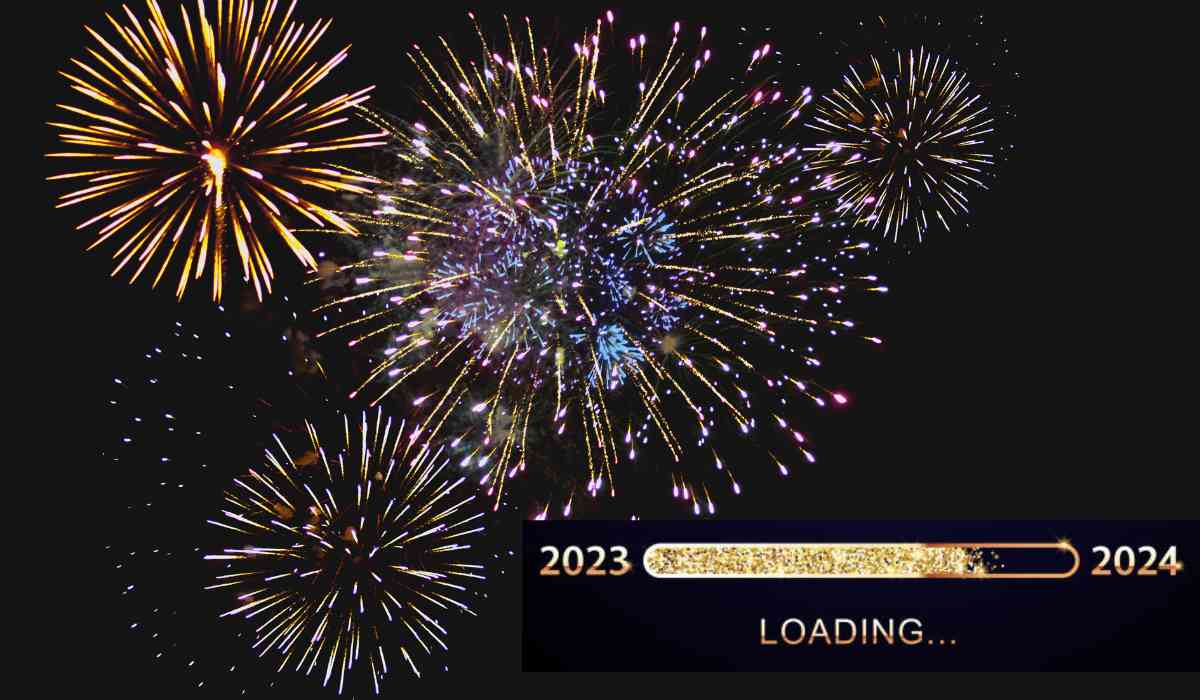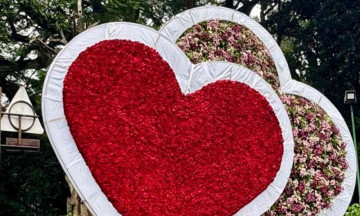Historical Beginnings:
Let's step back in time around 4,000 years ago when the ancient Babylonians celebrated Akitu. During this festival, they made promises to their gods, like settling debts and returning borrowed stuff. It was their way of marking a fresh start in the Mesopotamian calendar.
Jumping to 153 B.C. In ancient Rome, the New Year initially started on the vernal equinox, the first day of spring, with a 10-month lunar-based calendar. To align with seasons, Numa Pompilius added January and February, naming January after the god Janus. Despite improvements, the calendar drifted out of sync, and by 100 B.C., New Year's Day on January 1 existed but was slightly off.
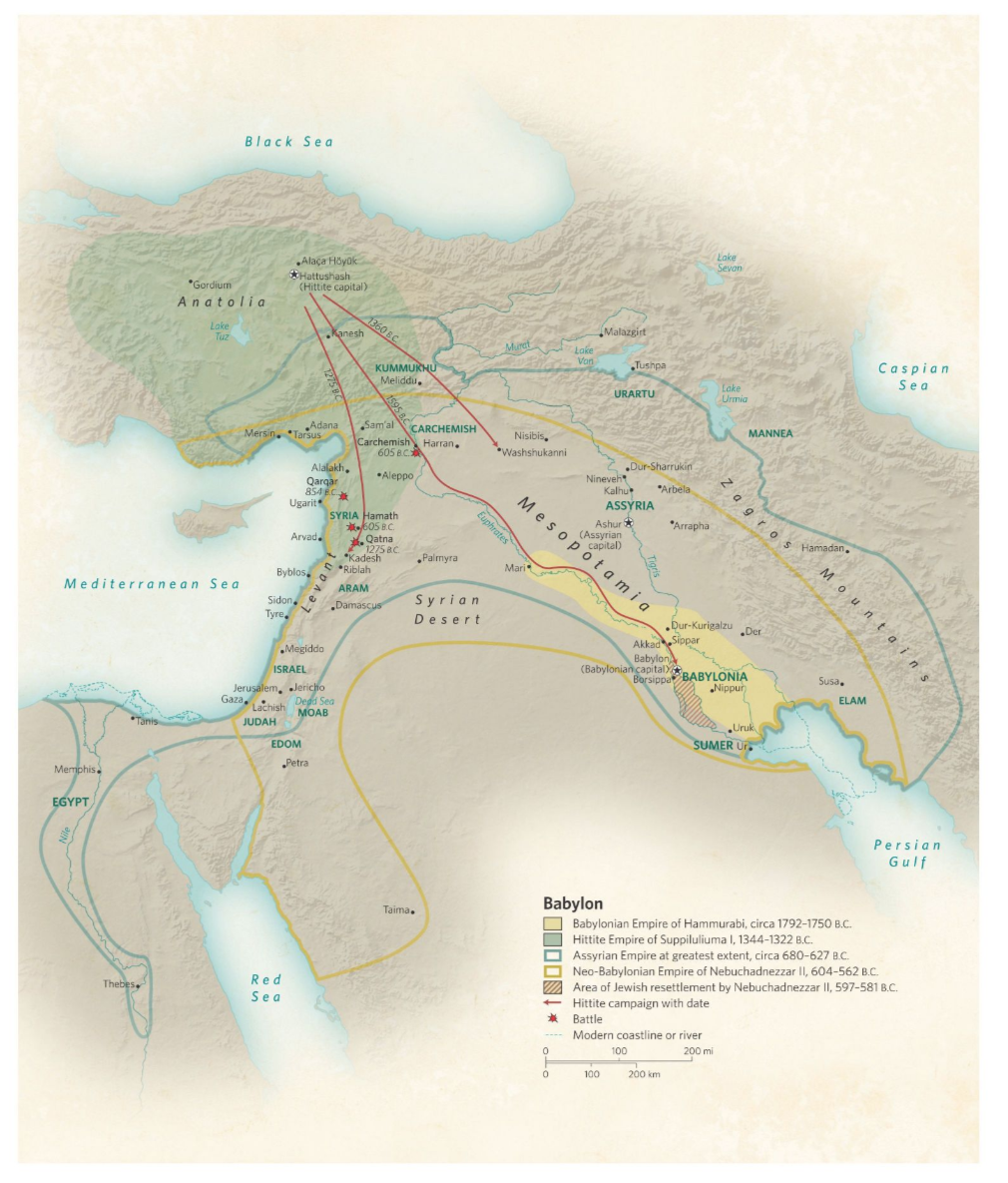
PC: Nat Geo
Fast forward 2,067 years to Julius Caesar's calendar reform, anchoring the year around the sun. In 45 B.C., an extra 445 days were added to the previous year to align January 1 properly, earning it the nickname "year of confusion."
Gregorian tweaks
Julian's calendar became widely adopted but faced challenges as the Roman Empire declined. Celebrations of New Year's shifted to different times. In 1582, Pope Gregory XIII tweaked the Julian calendar, resolving issues. Some countries were slow to adopt, leading Great Britain and the American colonies to celebrate New Year's Day from March 25 until 1752.
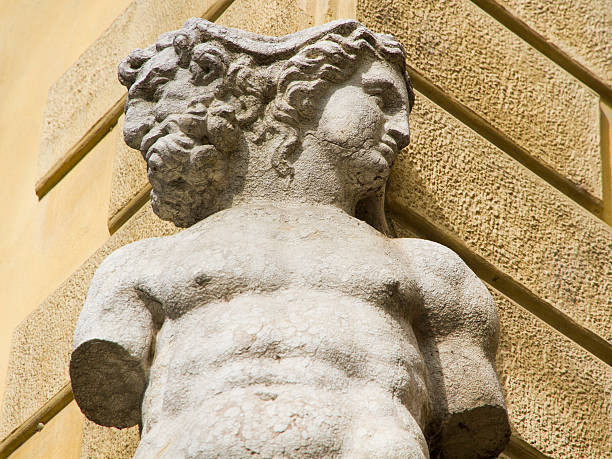
Janus, the two-faced Roman God
Across Cultures:
As history rolled on, different cultures put their spin on New Year's resolutions. In medieval Europe, resolutions got intertwined with Christian traditions during watch-night services on New Year's Eve, focusing on moral improvement. Watch Night is a special Christian service on New Year's Eve, celebrated in many African American churches. It commemorates the Emancipation Proclamation, which freed slaves on January 1, 1863, during the Civil War. The tradition originated in 18th-century Moravian churches, focusing on reflection and looking ahead. African Americans gave it new meaning in 1862, gathering in churches, eagerly awaiting news of freedom. The services start in the evening, end at midnight, and are attended by families who may continue the celebration at New Year's Eve parties.
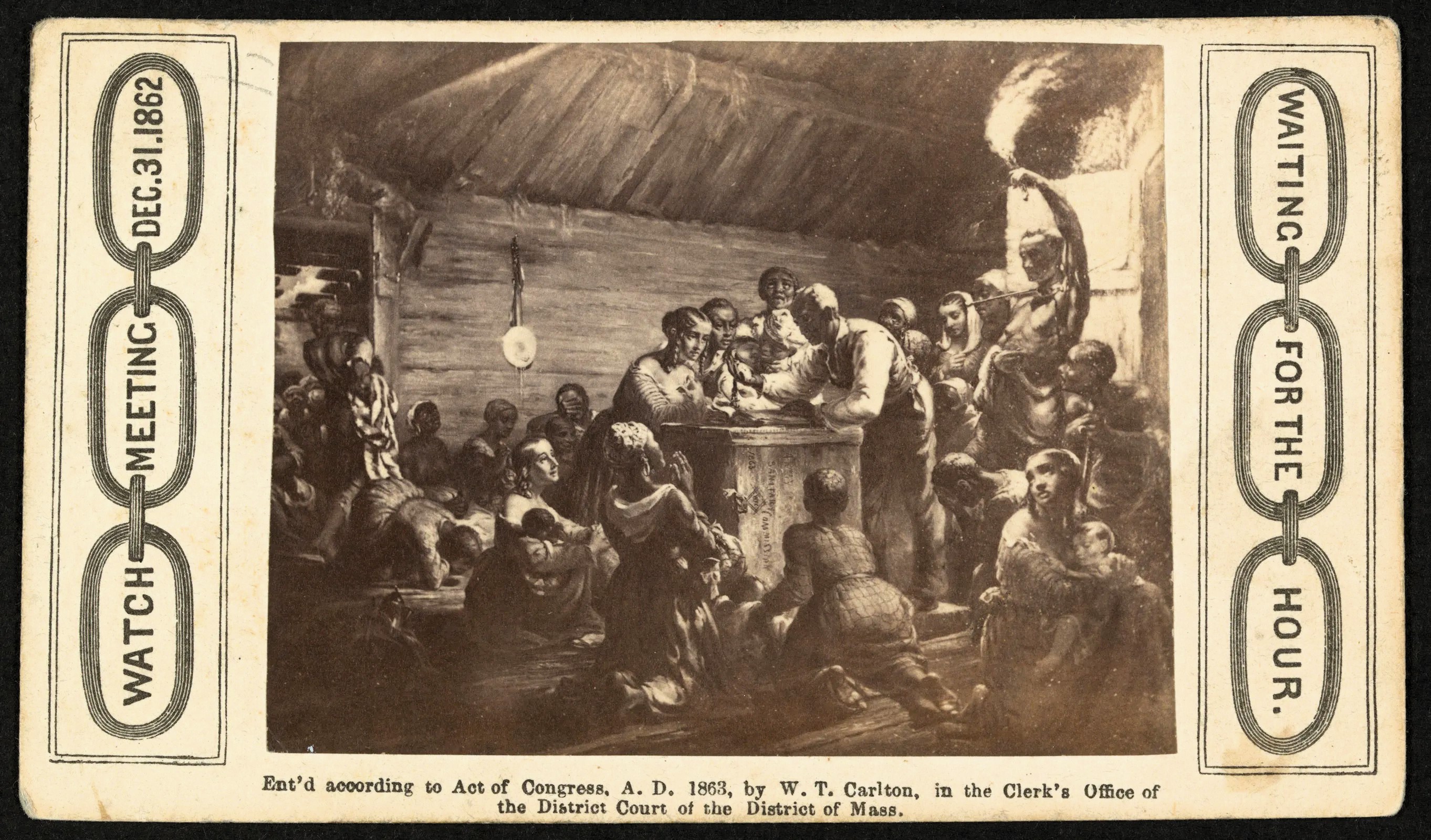
An illustration of African Americans waiting for the Emancipation Proclamation. PC: Library of Congress, Washington, D.C.
Fast forward to the 17th century in Scotland, where "First-Footing" became a thing. The first person to enter a home after midnight brought good luck. In Scotland, they didn't celebrate Christmas for about 400 years because some thought it was connected to a group they didn't like. Instead, they focused on New Year's and a special tradition called "first footing." This means the first person to enter a house after midnight on New Year's Eve. It's believed to bring good luck, and it's supposed to be a dark-haired guy who brings symbolic gifts like coal, shortbread, salt, a black bun, and a little whisky. This tradition goes way back to Viking times when a big blonde stranger showing up could mean trouble. Nowadays, there are fireworks shows and processions with torches in many Scottish cities, reminding people of the old Viking parties. In a traditional New Year ceremony, people dress up in cow hides, run around the village, light bonfires, and use a smoking stick called Hogmanay to keep away evil spirits.
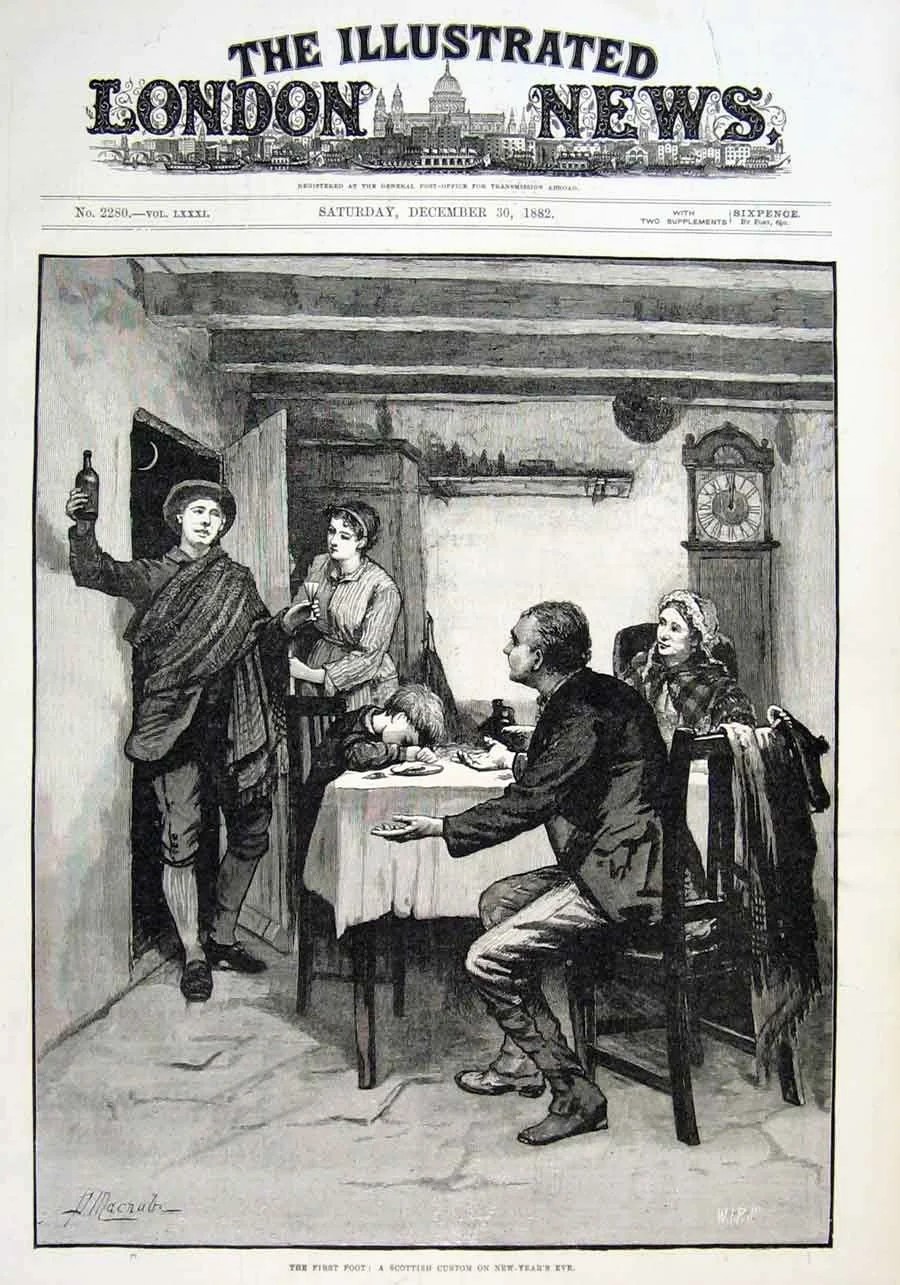
Scottish and Northern English folklore, the "first-foot. PC: Scottish Country Dance of the Day
Keeping It Current:
Digital Resolutions:
Now, in the 21st century, resolutions have gone digital. Social media is buzzing with people sharing their goals, creating a sense of accountability and community. It's a space where inspiration flows freely.
Wellness and Mindfulness Trends:
Recent years have seen a shift toward wellness and mindfulness resolutions. It's not just about fitness; people are focusing on mental health through practices like meditation. It's a welcome change in the resolution landscape.

Professional Growth in the Remote Work Era:
With remote work taking centre stage globally, professional resolutions have adapted. People are looking to boost their remote work skills, find a better work-life balance, and explore entrepreneurial ventures. It's a mix of personal and professional growth.
Facing Challenges in the Digital Age:
Balancing Connectivity:
In our tech-savvy world, challenges come with constant connectivity and information overload. Striking a balance between the online and offline aspects of life is key, making intentional goal-setting more important than ever.

Technology as a Support:
Acknowledging digital challenges, people are using technology as a tool for resolution success. Mobile apps, online communities, and virtual resources offer valuable support and guidance, fitting seamlessly into the evolving resolution landscape.
A Journey Toward Personal Growth:
Crafting Personal Resolutions:
To make resolutions stick, it's crucial to set specific, realistic goals. Whether it's adopting healthier habits, learning new skills, or building stronger connections, tangible objectives aligned with personal values are the way to go.

Overcoming Challenges with Resilience:
The road to resolutions may have bumps, but resilience is the key. Understanding that setbacks are part of the process empowers individuals to adapt and tweak their strategies for success.
In Conclusion: Navigating the Tapestry of Time and Technology
As we collectively welcome a new year, resolutions stand as a timeless quest for self-improvement. We're weaving personal aspirations with echoes from history and embracing the digital era's opportunities. It's a profound journey symbolizing the spirit of renewal that transcends time.
Ⓒ Copyright 2023. All Rights Reserved Powered by Vygr Media.

